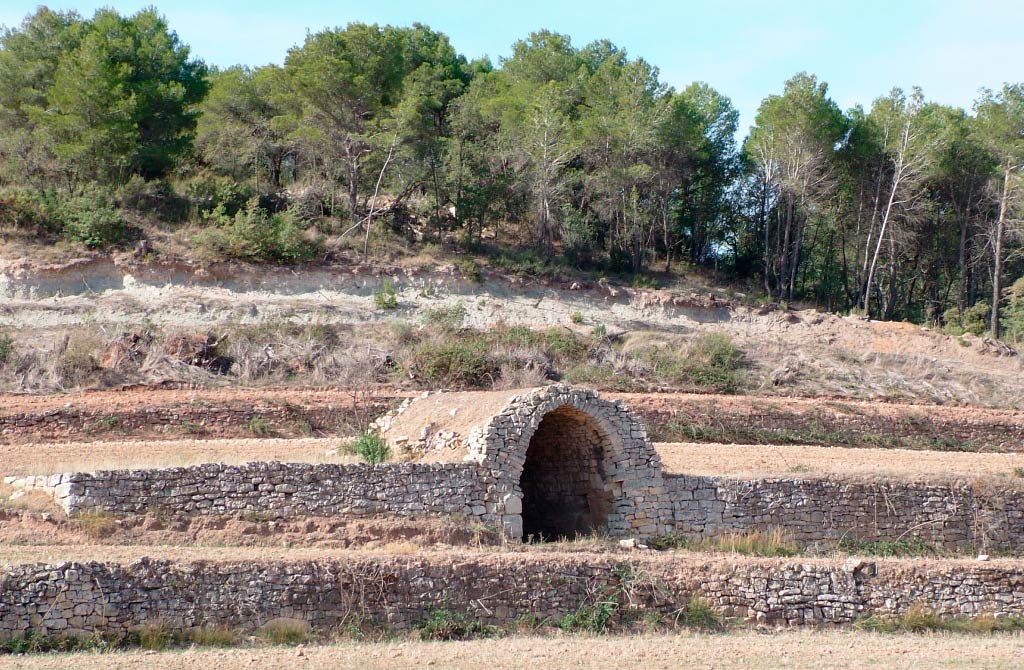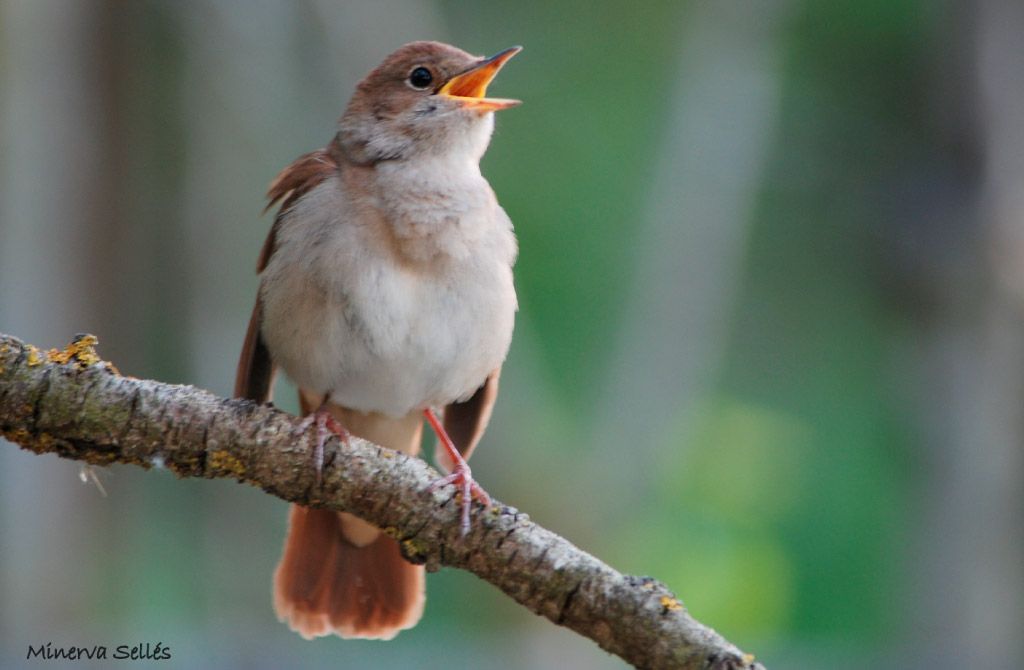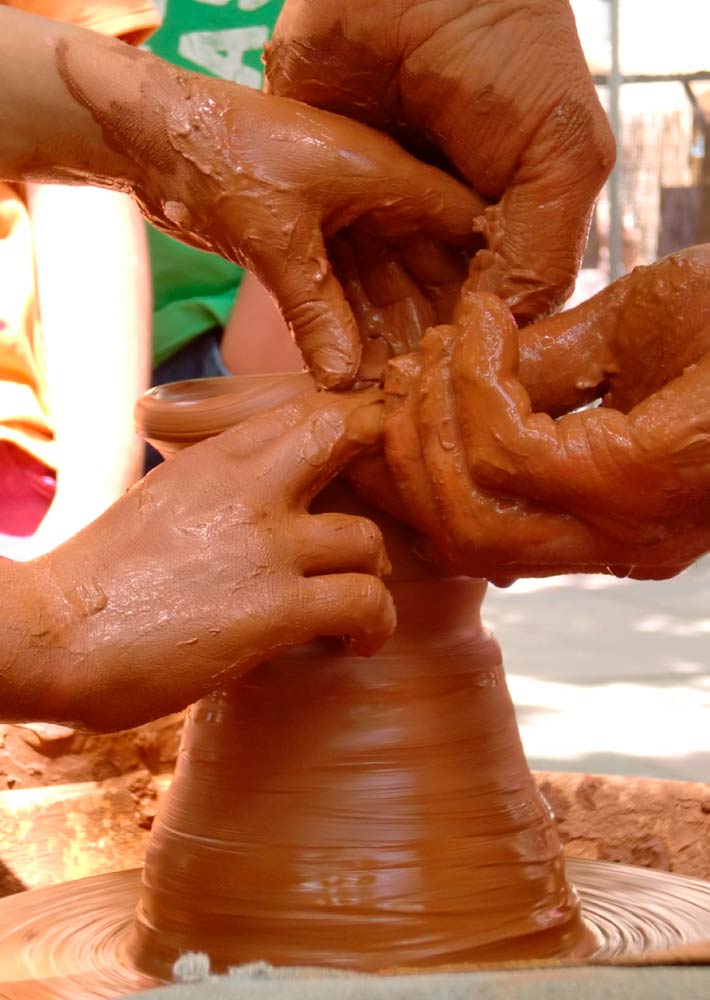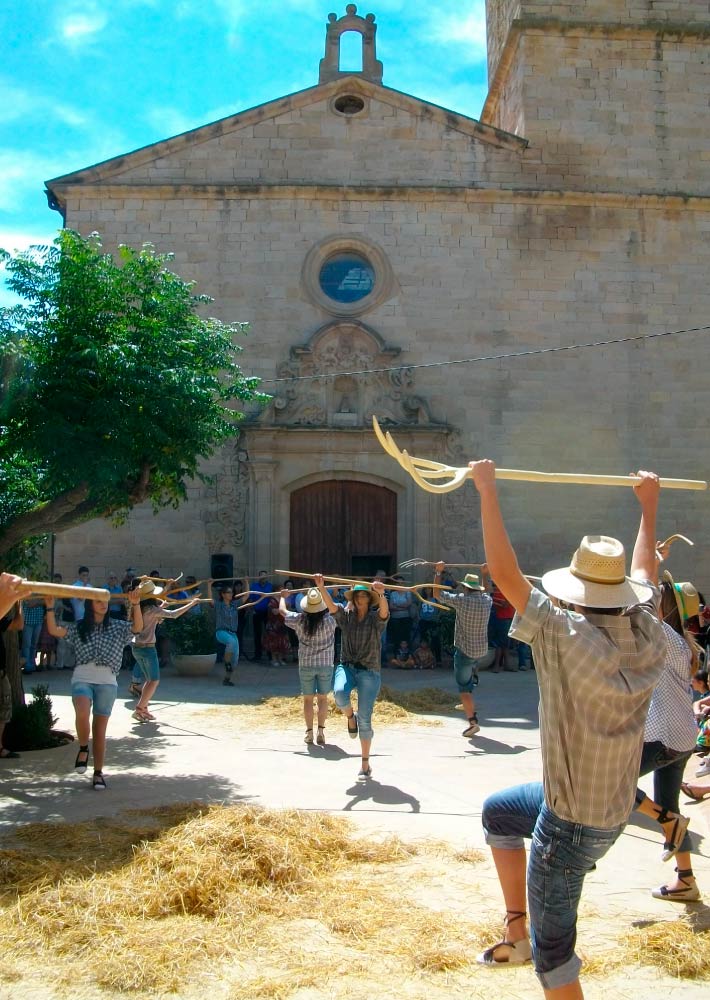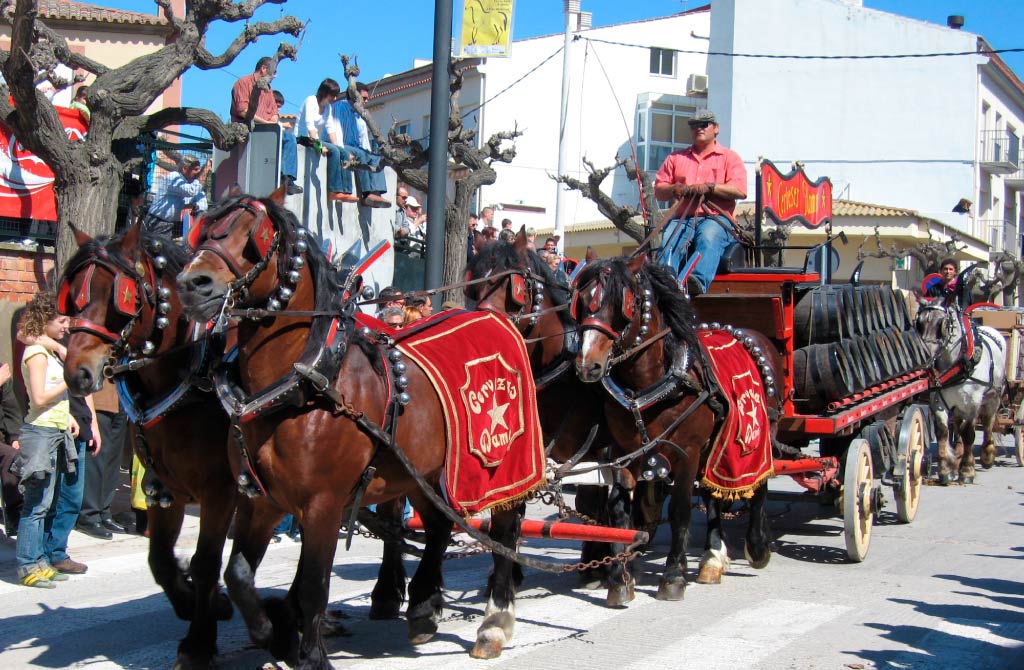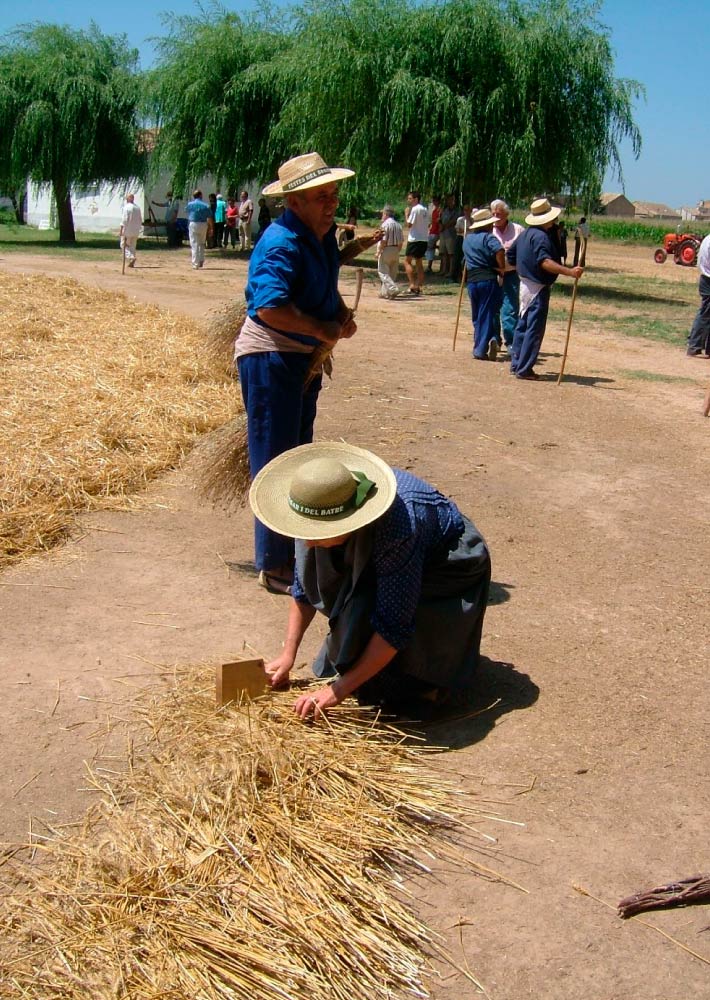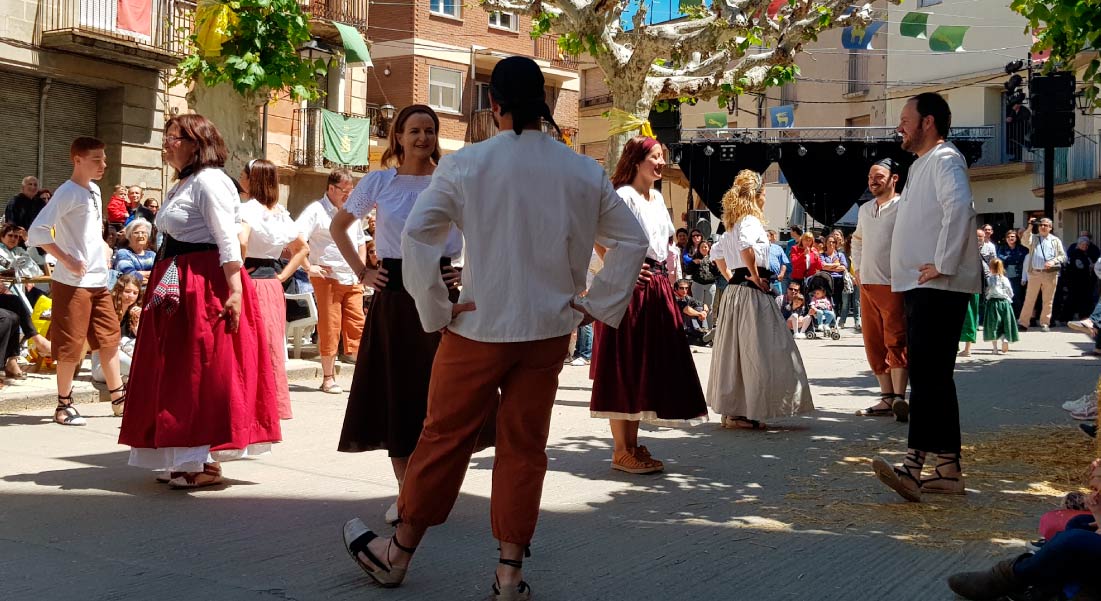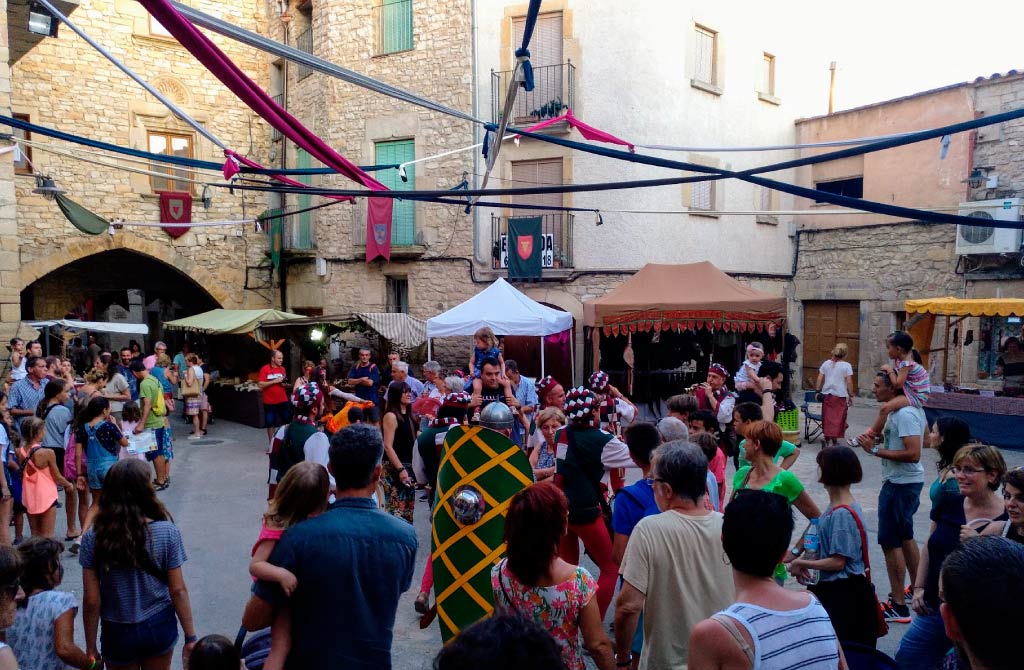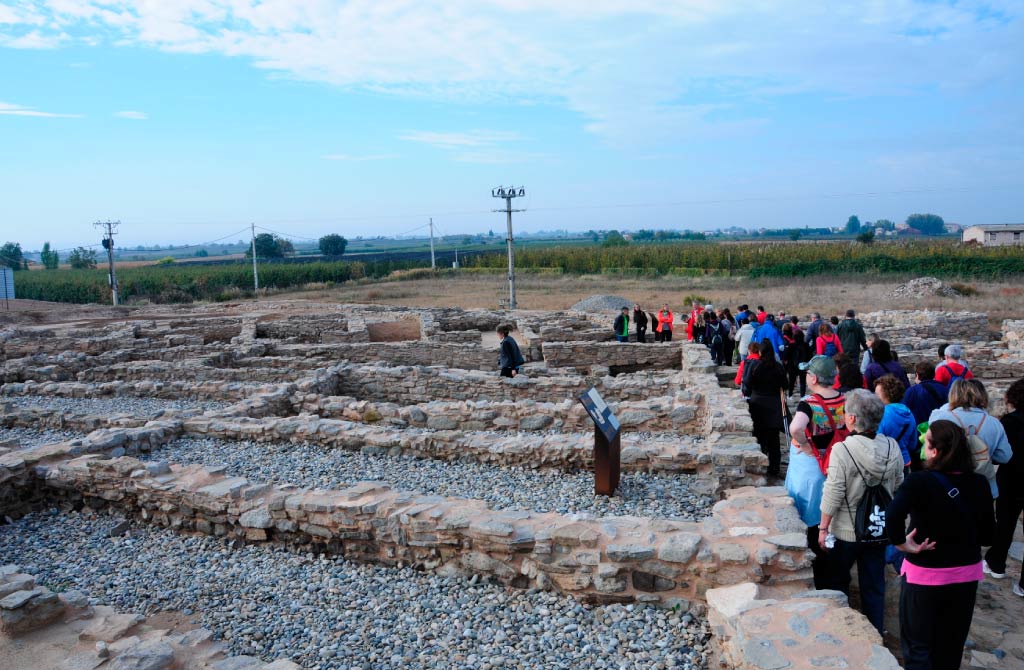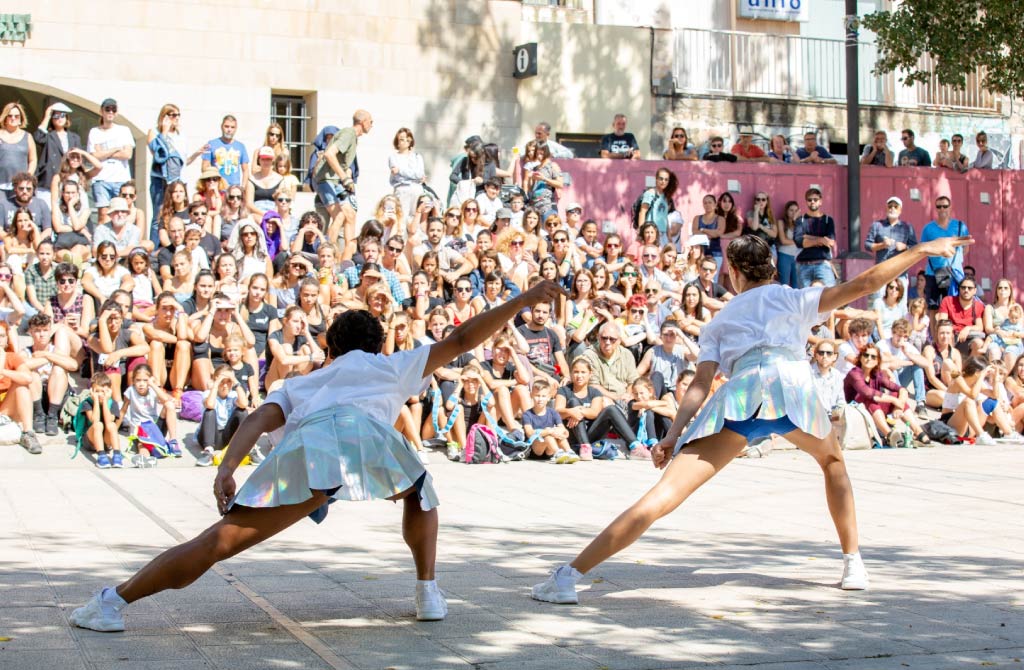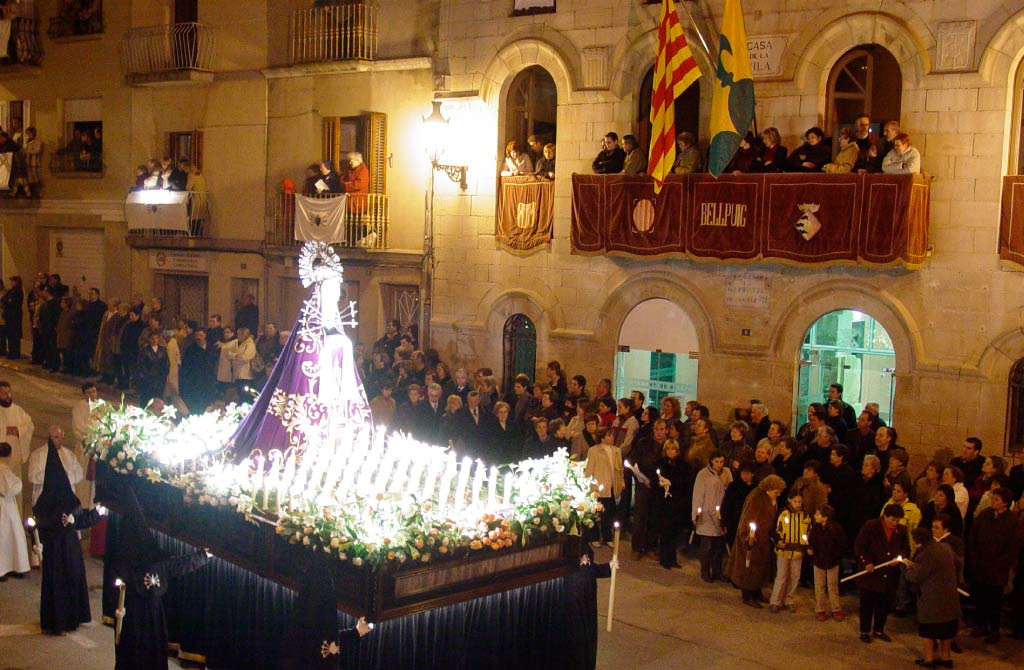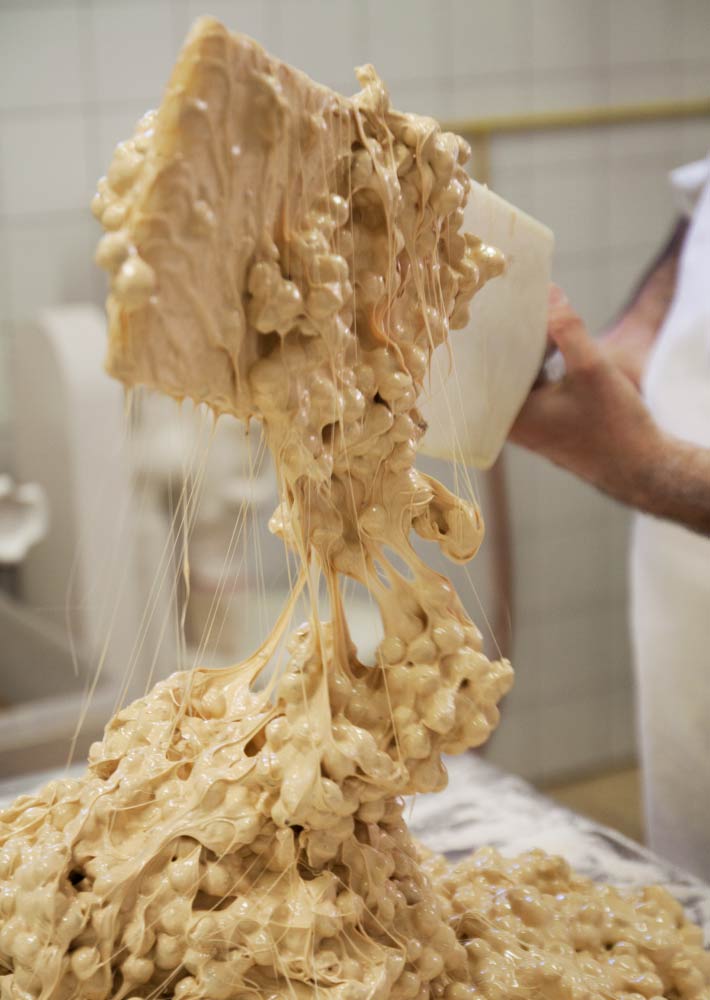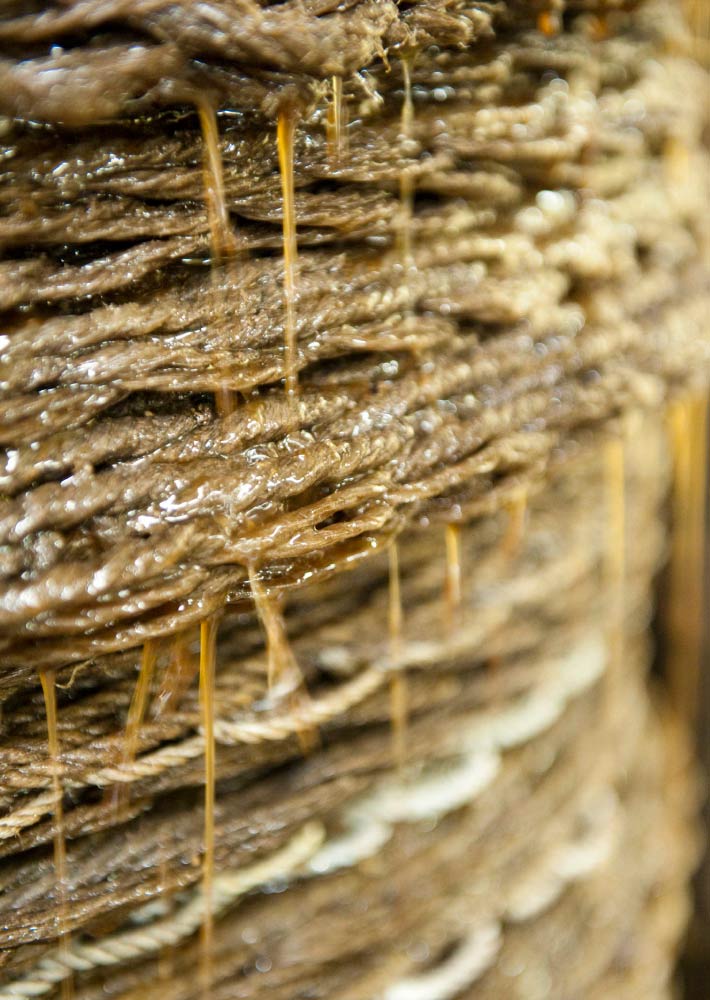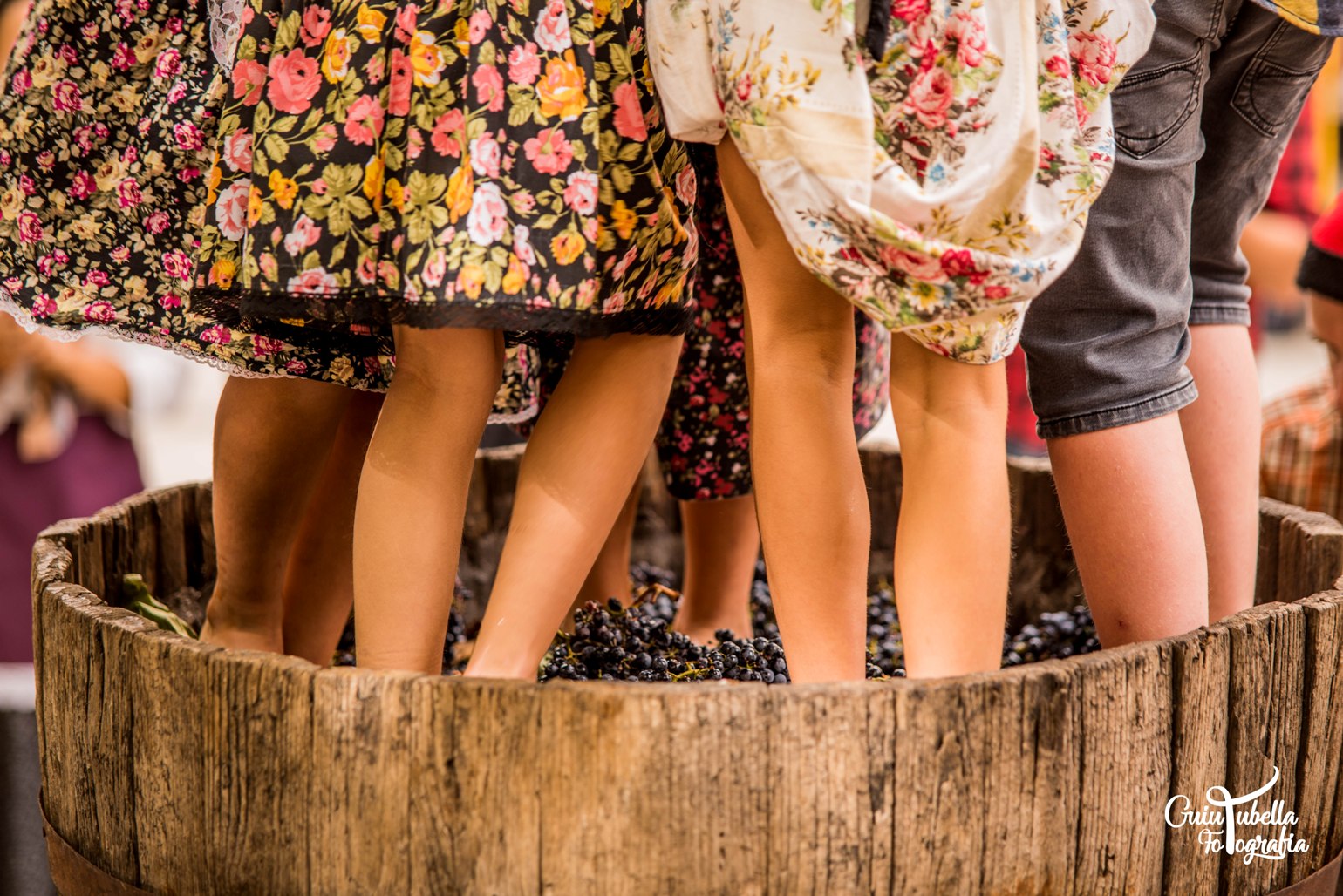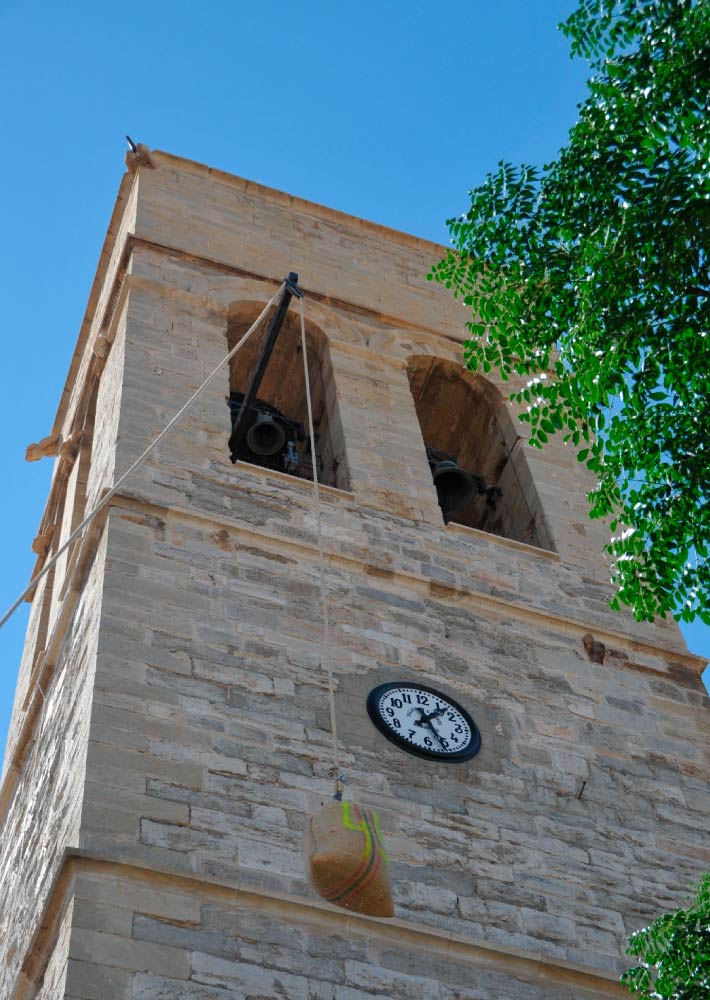INTANGIBLE CULTURAL HERITAGE OF THE PYRENEES AND THE LANDS OF LLEIDA
L'URGELL
A WORLD OF LIVING TRADITIONS
This remarkable comarca (local district) is situated where the plains surrounding the River Segre transition abruptly into the first hills of the Pyrenees. It is comprised of three main geographical zones; the River Sió to the north, the River Ondara in the centre, and the great plain of Urgell to the east. Arable and livestock farming, and water-powered industry have had an enormous impact on the way of life in L’Urgell, shaping its landscape of rivers and plains, and also its culture. This comarca keeps alive traditions which grew out of this close link to the land and the local territory, which have now been passed on, as an inheritance, to the younger generations.
The journey
Travelling around this rural territory, which has been shaped by livestock and crop farmers, there can be no doubt in the visitor’s mind that this is a farming area. Wherever people look, there are huts for shelter and walls that divide fields and separate crops. These dry-stone structures, which have been stacked high by skilled craftsmen, are the surviving remnants of a community that has always lived off the land. Families here care about their land and work hard to keep their farming legacy alive. The dedication that they show for the land is similar to that felt for another industry with close ties to this comarca: traditional pottery. Verdú is the standard bearer for this activity and has been declared a Zona d’Interès Artesanal (Area of Interest for Craftsmanship) thanks to the work of the local potters whose work, with both traditional ceramics and also with more modern, artistic pieces, can be appreciated at any of the workshops in the village. Visitors are invited to walk in and take a closer look at how this wonderful pottery is made and, in particular, how the black earthenware sellons and càntirs, which are typical vessels designed to hold water, are crafted. Ever faithful to the past, for the festival of Sant Jaume (Saint James the Great), the inhabitants of Nalec take up their grandparents’ pitchforks and invite visitors to join them in the Ball de Forques (Pitchfork Dance). Similarly, the old reapers’ dance brings friends and family together in a large circle to perform a traditional threshing dance to the rhythm of the Ball de Sant Ferriol. This is the sort of event that gives people a real sense of belonging. Yet another festival in the comarca that pays homage to its farming past is the Festa dels Tres Tombs (Three Circuits) of Anglesola. The village pours out in a celebration that includes a medieval fair, an exhibition of farm machinery, livestock shows, and a parade of period carts and horse-drawn carriages. It is easy to imagine what life was like in the not-so-distant past when the older residents, who share a lifetime of work on the land, all come together.
Not to be missed
Construcció amb pedra seca (Dry Stone Constructions).
Cabanes de volta i parets de marge (Dry-stone vaulted shelters and boundary walls).
The Festes del Segar i el Batre (Reaping and Threshing Festival) of La Fuliola, which is one of the most important events held in that village, is another example of a festival that brings families and friends together to celebrate farming life. During the months of June and July, the village showcases ancestral techniques that were once used for working the land. During this journey through the history of the comarca, visitors cannot ignore the role that banditry also used to play here. At Castellserà, visitors will be transported back to the 15th and 16th centuries to relive the clandestine adventures of the Perot d’Argensola gang, in the Festa del Bandoler. In May, a whole weekend is devoted to horse racing, shooting and hair-raising events. These are quite normal happenings as the village comes alive with the re-enactment of a long-hidden, but precious, legend. With their hearts still beating fast, visitors should now move on to the Mercat Medieval (Medieval Market) of Guimerà and partake in a grand celebration of the Middle Ages. As they stroll through the labyrinth of narrow streets, enjoying the delights of this market, visitors could be forgiven for thinking that they have left the modern world behind. In this old world, of cobblestone streets and small dark passageways, the parades, fairs and market stalls evoke a medieval past that can sometimes feel very real. The attractions are completed by three, great historical festivals: the Cap de Setmana Ibèric (Iber Weekend) at the former Iber settlement of El Molí d’Espígol (the Lavender Mill) of Tornabous, the Estinclells of Verdú, and the Necropolis at Almenara Alta. On the first weekend in October, the four sites with remains of what was once the cultural hearth of this area are brought back to life. This is done through a series of fun and educational activities which explain to the people of Urgell, and to visitors, how those first settlers once lived and worked.
Festa del segar i el batre de la Fuliola (The Reaping and Threshing Festival of La Fuliola).
June and July.
This Urgell, which has one foot in the past and the other in a global present, is also home to the Fira del Teatre (Festival of Performing Arts) of Tàrrega. Performances, sideshows and workshops are crammed into every nook and cranny of the local capital, which has become an international platform for actors and producers. This is an experience like no other. With the programme of events in their hands, visitors will realise that every corner of Tàrrega is full of surprises just waiting to be discovered. In the bars and hostels, and at the camp-sites, the atmosphere is simply buzzing with cultural activities. Visitors will find themselves well and truly hooked on the cultural events offered during these festive days in the capital of L’Urgell. A journey through this comarca of great geographical and cultural diversity is also a journey through its religious traditions. The town of Bellpuig celebrates the Processó dels Dolors (Procession of Our Lady of Sorrows) with great solemnity and fervour, on the Friday before Palm Sunday. After the daytime celebrations have been brought to a close, with the saying of the Rosary and the singing of goigs (traditional religious songs sung at festival time), night-time in Bellpuig is one of silence and mystery, marked by the Processó Penitencial (Procession of Repentance), which is a tradition that visitors are welcome to share with the townspeople.
In stark contrast to the solemn sensations described above, in October, visitors can enjoy the sweetest of celebrations in the small town of Agramunt. This is the time of the Fira del Torró i la Xocolata (traditional Almond Nougat and Chocolate Fair). The event takes place in the old part of the town, which becomes a meeting point and place for interactions between manufacturers, chefs, customers and entrepreneurs from the world of confectionary. The fair began in 1988 to promote the local torronera (almond nougat-making) tradition, and since then it has become an important part of the local economy as well as an interesting destination for those with a sweet tooth. Continuing this gastronomic journey through L’Urgell to discover its hidden treasures, visitors are advised to attend the Fira de l’Oli (Olive Oil Fair) of Belianes and the Fira de la Vall del Corb (Corb Valley Fair). After watching demonstrations showcasing the skills required by local farmers, visitors will come away with a greater awareness of the techniques involved in the cultivation of each and every product made in the valley. Olives are harvested and prepared before being taken to a mill to extract the olive oil that is the pride and joy of the local people. This purest of olive oils is perhaps best appreciated at the old Maurici Massot mill, where it is also possible to marvel at the exhibition of antique equipment and tools. L’Urgell offers visitors a wide variety of gastronomic experiences that are invariably centred around the cherished local produce. The Fira del Vi i la Verema de Verdú (Verdú Grape Harvest and Wine Fair), where visitors get a chance to taste the local wines, is another important stop on the gastronomic journey through this comarca of plenty. Visitors can take part in the harvest by accompanying villagers to their vineyards and also by tucking into a grape harvester’s breakfast, followed by a trip to the village’s Plaça Major, where there will be music and dancing. It is not hard to see why wine is such an important part of the culture here. It is with similar enthusiasm that Vilagrassa hosts its Fira de l’Ametlla (Almond Fair); there, visitors will be introduced to a craft tradition that is an integral part of local village life. It includes a festival with live demonstrations, the Ametlla de Plata (Silver Almond) and Corriolaire Major award ceremonies, and also breakfasts to remember, including such delights as almond sausages. These are gastronomic treasures that the people of Urgell have safely guarded in the larders and pantries of their padrins (grandparents) and which have been handed down from generation to generation. Today, they are happy to share these gifts with their visitors and it is guaranteed that visitors will fall in love with their land.
Festa de l’Oli de Belianes i Fira de la Vall del Corb (Belianes Olive Oil Fair and Valley of Corb Fair).
December.
